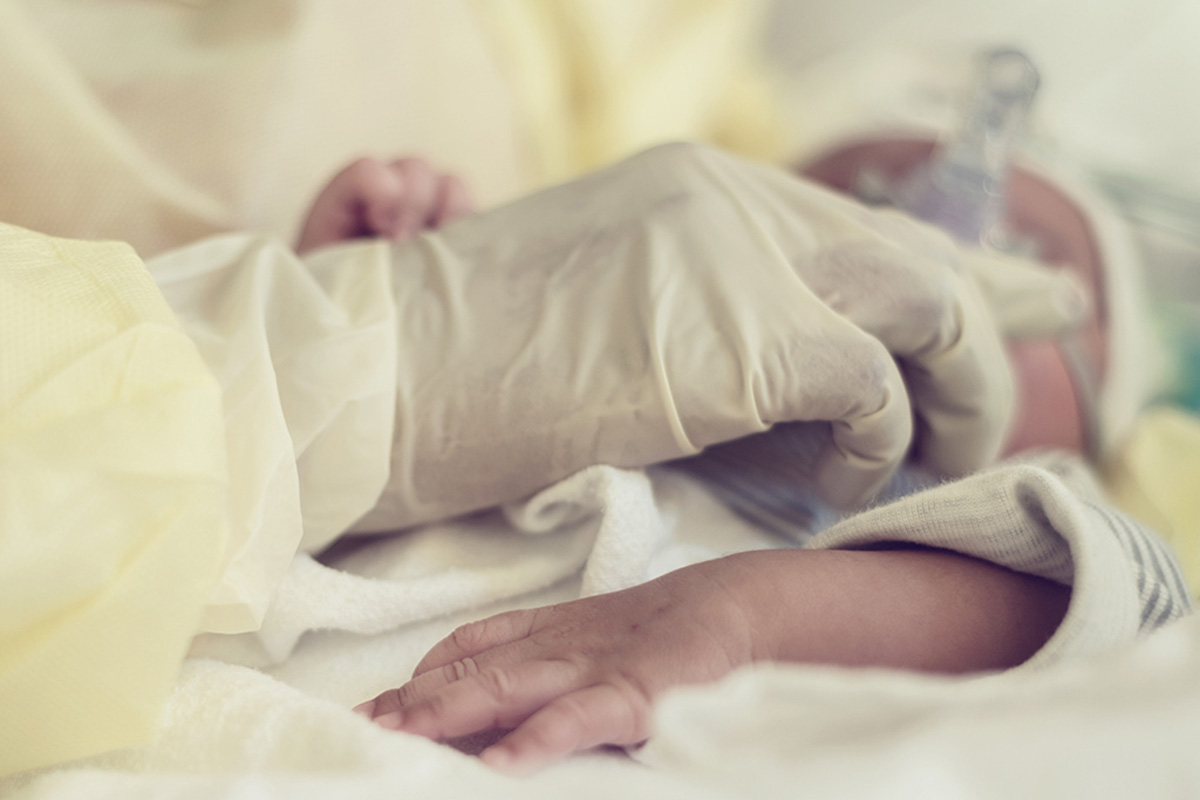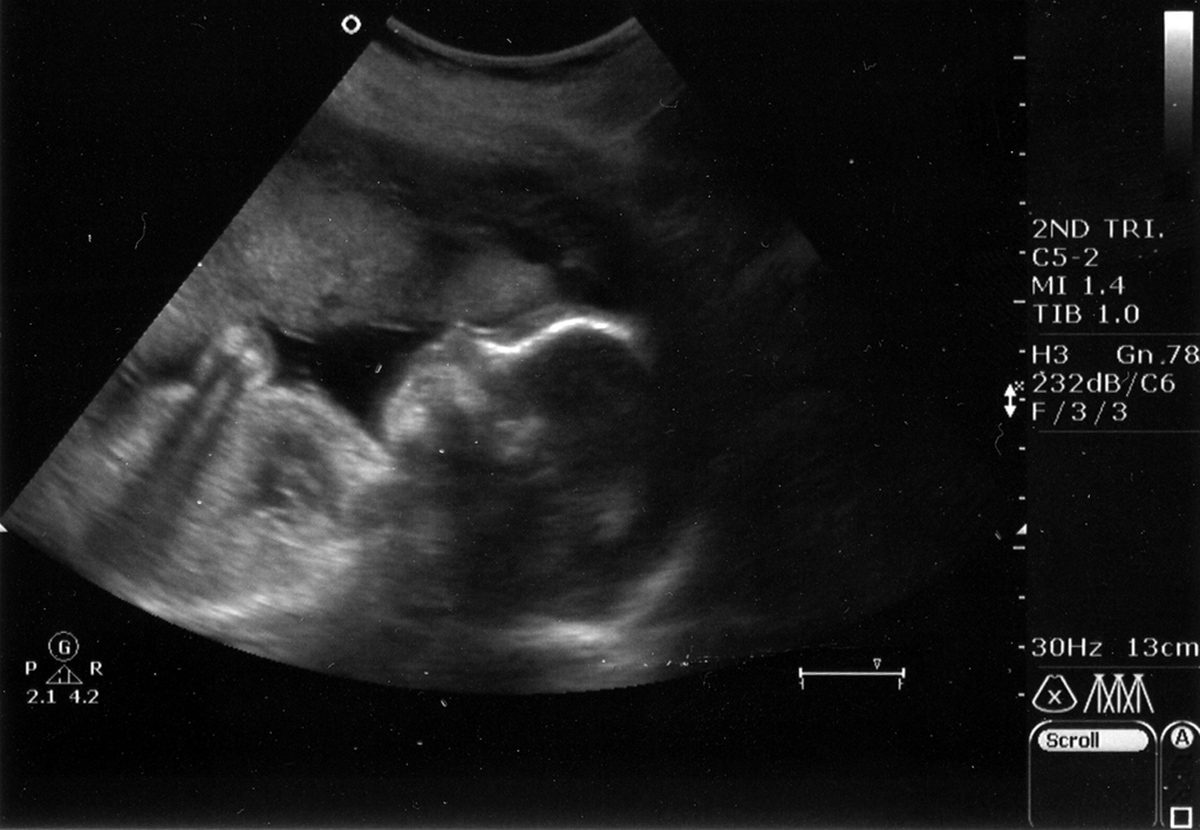According to the Centers for Disease Control, approximately 2,000 babies are born with gastroschisis each year in the United States. Gastroschisis is a birth defect involving a hernia in the abdominal wall. With gastroschisis, a baby’s intestines stick outside of the body and it can involve other organs such as the liver and stomach.

Other risk factors which are common in babies born with gastroschisis include: mothers used ibuprofen during pregnancy, consumed alcohol, smoked cigarettes and experienced a urinary tract infection just prior to becoming pregnant.
What causes gastroschisis?
Gastroschisis was the focus of a recent study hosted by the CDC and researchers report some important findings about the factors associated with a baby having an increased risk of the condition:
- Alcohol and tobacco products: Females who drank alcohol or smoked cigarettes were at a higher than average risk of having a baby born with gastroschisis.
- Maternal age: Teen mothers are more likely to have a baby with gastroschisis than older women, and white teens have a higher rate of incidence than African-American teenagers.
What are the symptoms of gastroschisis?
If a baby has gastroschisis, it is not unusual for a mother to notice any signs or symptoms while pregnant. Mothers of babies with gastroschisis may have excess amniotic fluid around the baby, the condition is called polyhydramnios. Most commonly, a doctor will notice gastroschisis on an ultrasound image before the baby is born.
After a baby is born, it is possible to witness symptoms related to gastroschisis, particularly if it involves pinched, twisted, or damaged organs protruding through the hole. A doctor will examine a baby after birth to see if any of these symptoms are present. Approximately one in ten babies with gastroschisis also has intestinal atresia, which is a malformed intestine.
How is gastroschisis diagnosed?
In most cases, a doctor will witness gastroschisis during a fetal ultrasound before a baby is ever born. Another way of diagnosing the condition is through performing a blood test on the mother, to check for high levels of alpha-fetoprotein (AFP), which is a sign of gastroschisis.
If a baby is diagnosed with gastroschisis before birth, a woman and her doctor can devise a treatment plan after the birth. A doctor may speak with a family about genetic testing, such as an amniocentesis, before a baby is born or before a woman has children in the future. An amniocentesis checks for various medical conditions or developmental issues a baby may have before birth.
See Also: From Embryo To Baby: Human Development
Once a baby is born, the doctor will see the gastroschisis during a physical examination and a baby may need further tests to determine the best course of treatment.
What kind of surgery is done for treating gastroschisis?
All babies born with gastroschisis will need surgery soon after being born in order to put their intestines back into the abdominal cavity and to fix the hole. When a baby is born with gastroschisis, a surgeon will use one of several methods to fix the intestines. Sometimes a baby can have the surgery right away, but other times it is best to wait. The time a surgery will happen will depend on the condition of the baby and the surgeon and medical team will closely monitor the situation.
Is Surgery Treatment For Gastroschisis Always Successful?
Because babies born with gastroschisis have intestines on the outside of their body, sometimes the cavity in the stomach will not grow big enough to allow the intestines to fit inside. Commonly, a surgeon can stretch the abdominal cavity, fit the intestines back inside, close the hole and fashion a new belly button. Other times, a surgeon will put the intestines inside a plastic baggie in order to protect them and keep them warm until it is possible they can be put back into the abdominal cavity.

The results of having large intestines will cause pressure which can lead to issues with the lungs, heart and blood supply to the intestines.
How can a doctor determine if a baby’s intestines will fit back inside the abdominal cavity?
To determine if a baby’s intestines will fit inside the abdominal cavity, a physician will measure the pressure when trying to fit the intestines back inside. If there is too much pressure, the doctor will sew a bag onto the baby’s abdominal wall, put the intestines inside and slowly manipulate the intestines back into the abdominal cavity over the course of several days. Once the intestines are back inside the body, the bag will be taken off and the hole will be sewn shut. By slowly squeezing the intestines back into the abdomen slowly, problems with the heart, lungs and blood supply to the intestines can be avoided.
Whether or not a baby has surgery right away or later in the future, at some point he or she will need to go to the neonatal intensive care unit to be stabilized. A baby will need an intravenous line for fluids and some may need the aid of a ventilator to breathe.
If a baby is born with an intestinal blockage, surgery will be required to correct the problem.
What types of complications are possible with gastroschisis?
The outcome for gastroschisis is usually related to the number of complications. The size of the hole a baby has could lead to bowel strangulation, which increases the risk of an atretic or stenotic area to develop. Infection can be another complication of gastroschisis. Initially, the baby is at risk for infection because of the broken skin from the exteriorized bowel.
What is the prognosis for gastroschisis?
In almost all of the cases of babies born with gastroschisis, the long-term prognosis is very good.
See Also: Baby Colic (Abdominal Pain in Infants) - Symptoms and Treatment
Some babies with gastroschisis could be born with a blockage or intestinal atresia, a medical issue which will require additional surgery.
In a small number of babies born with gastroschisis there are prolonged intestinal issues and some have problems with bowel function, particularly those who have a short intestine. Your baby’s doctor will devise a complete treatment plan to help your child have the best possible outcome and future.
- Photo courtesy of Philippe Put by Flickr: www.flickr.com/photos/34547181@N00/11627138363
- Photo courtesy of ben by Flickr: www.flickr.com/photos/b3nscott/2565888977

